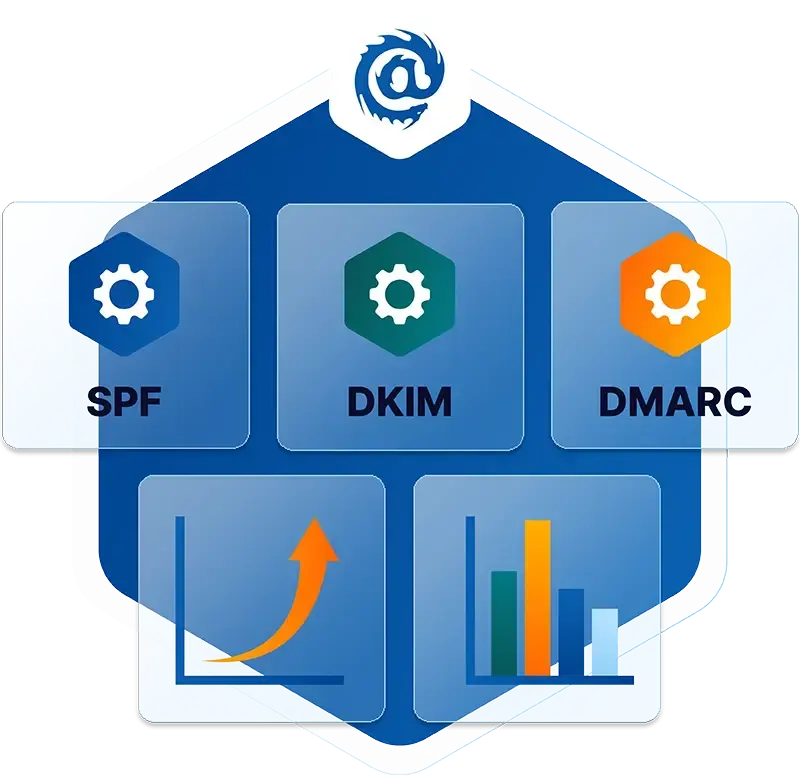Table of Contents
How YARA Rules Work
YARA stands for "Yet Another Ridiculous Acronym", a tongue-in-cheek name given by its creator, Victor M. Alvarez of VirusTotal. Despite the playful origin, YARA has become an industry standard in malware research, powering detection across security labs, sandboxes, and threat-hunting workflows worldwide. The framework allows analysts to write rules that describe the patterns and characteristics of specific malware families or suspicious files so they can be automatically identified during scans.
Core Functions of YARA Rules
YARA rules provide a flexible framework for defining the digital “fingerprints” of malicious files, enabling security teams to detect and categorize threats with precision. Key capabilities include:
- Signature Matching – Identify threats using text strings, hexadecimal byte patterns, and regular expressions.
- Logical Composition – Combine conditions using AND, OR, and NOT to refine detections.
- Scoping and Tagging – Organize rules into malware families, threat campaigns, or priority tiers.
- Module Enrichment – Extend detection capabilities by inspecting portable executable fields or file format headers (e.g., PE, ELF, Mach-O).
Example in Practice:
A YARA rule might be written to identify a malware family by detecting a unique command string (e.g., cmd.exe /c) combined with the file’s MZ header signature, ensuring that even slight code changes will still trigger detection if the core traits remain intact. Analysts can then use this rule to scan suspicious attachments in a sandbox, hunt for variants in stored samples, or validate indicators of compromise before adding them to a blocklist.
The Structure of YARA Rules
A basic rule has four parts:
- rule name and optional tags
- meta section for "author", "description", "reference IDs"
- strings section defining "text", "regex", or "hex patterns"
- condition that specifies how strings "and" modules must match
Example skeleton:
rule example_suspicious_family : malware{meta:description = "Detects example family"reference = "TTP-1234"strings:$s1 = "cmd.exe /c" nocase$h1 = { 4D 5A 90 00 } // MZ headercondition:$s1 and $h1}
How YARA Rules Are Used in Email Security
Email defenses use YARA mostly for attachment and URL payload inspection in sandboxes and file pipelines.
Primary Users:
- Malware analysts and SOC engineers who maintain detection content
- Threat research teams publishing signatures for emerging families
- SEG and sandbox vendors integrating rule packs into pipelines
Applications
- Scanning attachments for known malware families or packers
- Flagging payloads fetched by URLs in messages
- Hunting across stored samples for variants after an outbreak
- Quality control for vendor IOCs before promotion to blocklists
Why SEGs Use YARA Rules and API-Based Platforms Don’t
SEGs inspect traffic inline before delivery, so they rely on signature and packet rules to catch malware and exploits in attachments and URLs.
API-based platforms work inside the mailbox and focus on identity, behavior, and conversation context. These signals are more effective for detecting impersonation, BEC, and payload-less social engineering where file signatures add limited value.
Rule and Detection Format Usage: SEG vs. API-Based Email Security
| Feature / Capability | SEG (Secure Email Gateway) | API-Based Email Security Platform |
| Position in Flow | Inline with SMTP traffic, scans before delivery | Inside the mailbox via Microsoft Graph or Gmail API |
| Primary Rule Formats | YARA for files, SNORT or ECLAIR for packet detection, proprietary sandbox rules | Proprietary detection logic, machine learning models, behavioral and relationship mapping, natural language analysis |
| Typical Rule-Based Detection Targets | Attachments, URLs, headers, sandbox detonation results | Sender and recipient behavior, conversation context, identity anomalies |
| Content Inspection | Full pre-delivery analysis and sandboxing | Post-delivery analysis, URL re-checks, behavioral threat scoring |
| IOC Integration | Signature updates and vendor rule packs | Threat intel via STIX or TAXII, JSON feeds for domains, senders, URLs |
| Admin-Defined Rules | Often supports custom YARA or SNORT uploads | Admin policies in JSON or YAML for actions and thresholds, not low-level content matching |
Challenges and Limitations of YARA Rules
- Evasion risk. Small changes to strings or packers can break signatures.
- Maintenance overhead. Rulesets require constant tuning to avoid false positives and performance drag.
- Coverage gaps. YARA excels at file traits but is weaker for human-driven social engineering like executive impersonation, invoice fraud, or thread hijacking.
- Performance costs. Large rule packs slow scanning and increase compute needs.
- Context blindness. Rules do not understand business context, user relationships, or approval workflows that indicate fraud.
API-Driven Extensibility for Integrated Email Security
and Incident Response
While API-based email security platforms do not depend on YARA rules for content inspection, they excel at connecting to the wider security stack to amplify visibility and speed response. IRONSCALES offers robust API extensions that integrate with SIEM, SOAR, XDR, and EDR platforms, enabling security teams to unify telemetry, automate playbooks, and streamline investigations.
These integrations enrich threat intelligence and incident response workflows by sharing context across platforms and consolidating actions into a single, orchestrated process. Partners include CrowdStrike Falcon® Next-Gen SIEM for advanced analytics and incident correlation, Bitdefender for layered endpoint and email protection, as well as ThreatDown by Malwarebytes, where IRONSCALES serves as the native email security engine.
By embedding IRONSCALES into your broader defense ecosystem, organizations can:
- Automatically enrich incidents with email threat intelligence in real time.
- Trigger cross-platform response actions directly from detected phishing or impersonation attempts.
- Correlate email indicators with endpoint, network, and identity-based telemetry.
- Reduce investigation and remediation time through centralized workflows.
Connect with our team to see our email security solutions can help strengthen your security posture! https://ironscales.com/request-a-demo
Explore More Articles
Say goodbye to Phishing, BEC, and QR code attacks. Our Adaptive AI automatically learns and evolves to keep your employees safe from email attacks.

/Concentrix%20Case%20Study.webp?width=568&height=326&name=Concentrix%20Case%20Study.webp)










